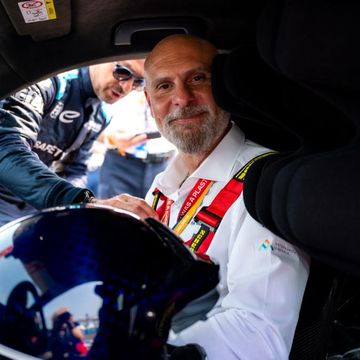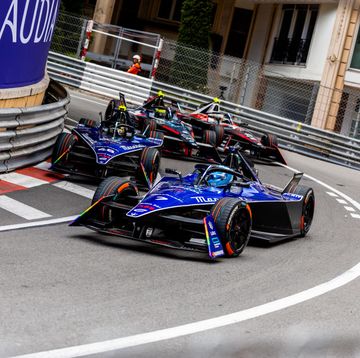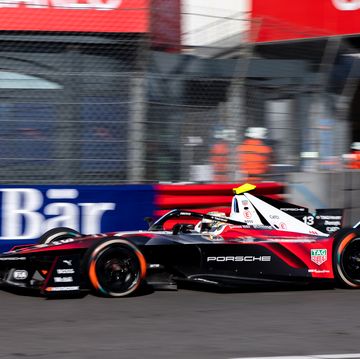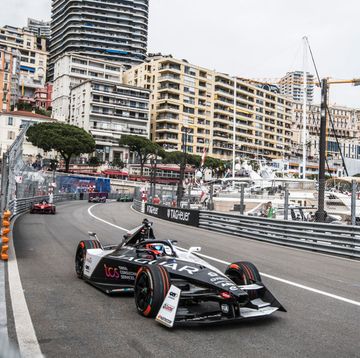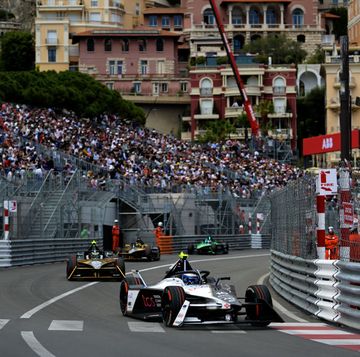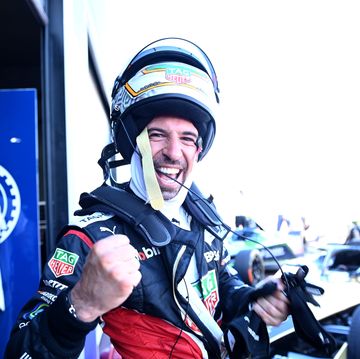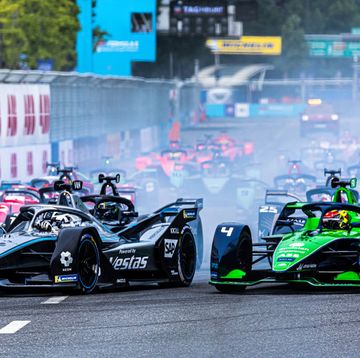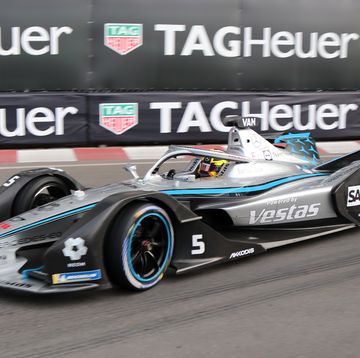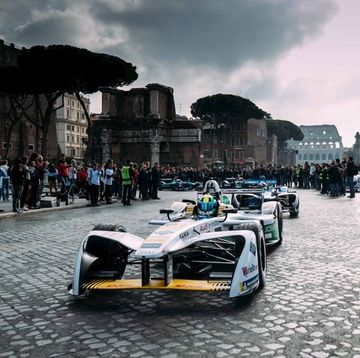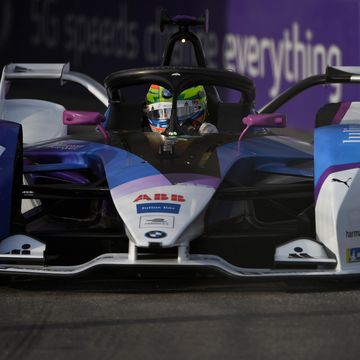- Portland, Ore., will host the only United States stop on the 16-race ABB FIA Formula E tour this weekend.
- The catalyst for Andretti’s investment was business diversification.
- Team principal Roger Griffiths says he was pushing IndyCar for hybrid power systems as far back as 2012, and getting no traction.
In a recent IndyCar teleconference, Michael Andretti said his IndyCar team can glean “nothing” from his Extreme E electric off-road series.
So why has the team owner been immersed in the ABB FIA Formula E Championship, Extreme E’s city-street cousin, since its debut nine years ago?
As the 16-race series makes its lone American stop at Portland, Ore., this weekend before wrapping up with doubleheaders at Rome and London, Andretti’s decision clearly has become a sound business call. The decision to invest in Formula E is the human chemical reaction between an ambitious Andretti and a visionary engineer in Roger Griffiths. The two were on racing-industry paths that were ordained to intersect.
Griffiths, Avalanche Andretti’s team principal who also oversees the Andretti ALTAWKILAT Extreme E operation, conceded that the organization’s end game is business, rather than racing, motivated. He said for Andretti, the goal was to diversify Andretti Autosport’s portfolio and “to showcase the capabilities of the Andretti brand globally.” For himself, Griffiths said the draw was multilayered, as well. It was a matter of finding the right fit for his vision.
“It was a unique form of motorsport. And one of the reasons I moved away from IndyCar was I was getting a little jaded with it all, because I didn't think they had a vision,” Griffiths said.” I was really pushing hard for hybrid systems back in 2012, 2013. I was getting no traction on that in IndyCar. And I just thought whether we like it or not, electrification in motor racing and in road cars is coming, and we have to accept that manufacturers who go racing want to race a product that their customers can identify with. And if that product now includes some electrification aspect of it, then we are going to race it,” he said.
“That sort of aligned where Michael was going in terms of the direction for the company. If you go back 10 years ago and look at the health of IndyCar, it was a little up and down, and certainly from the Andretti side, we were fully focused on IndyCar and the Road to Indy, if you like. So, if something happened to IndyCar, we had all our eggs in one basket. There was a strategic decision made to diversify some of our programs,” Griffiths said. “I think the first one we really committed to was the Global Rallycross program. We tried doing some stuff with A1GP in the past that hadn't been so successful. But we thought electrification is going to be the future.” So, he said, they decided Formula E was something the company needed to embrace.
A conversation at Long Beach, Calif., with Formula E founders and cousins Alberto Longo and Alejandro Agag, proved Agag a persuasive salesman. But it didn’t take that much cajoling, even though, as Griffiths recalled before the recent Formula E Prix at Monaco, that Michael Andretti was warm to the series’ mission of sustainability: “Michael’s certainly got a pretty broad outlook on the world in general and what we need to be doing to find ourselves in a better place to be living for our children and grandchildren and for the rest of us. Formula E was a step in that right direction.”
He said he and Andretti, like almost all their pioneering colleagues, naturally had some doubts.
Admittedly “skeptical,” Griffiths said, “I was convinced that after meeting the team at FE that was in place at the time, and some of them are still here today, and seeing who else was involved and people's reputations on the line—people like Sir Frank Williams, Michelin were involved—I thought this project has got some potential. I didn’t know what potential it had, but the FIA was involved. So there were definitely people that could make sensible decisions.
“And I don't think we've ever regretted making that decision,” Griffiths said.
Andretti continues to lobby for a Formula 1 team. But Stefano Domenicali, Formula 1 CEO, told Road & Track’s Trevor Okulski in an article published June 14, "If you have a good show, 20 cars are more than enough." Domenicali emphasized that that is his personal opinion and elaborated that “I would say, ‘Let’s wait and see.’ My ‘no’ is not against someone who wants to come in—I need to clarify that, because otherwise it seems that I want to be protectionist. That is not the case. I want to see the right one, and I need to also respect the ones that have invested in Formula 1 in the last period, because we forget too quickly in that respect."
So Andretti waits on that front.
On the Formula E side, Avalanche Andretti headliner driver Jake Dennis trails standings leader Pascal Wehrlein, of Tag Heuer Porsche, by a single point. The only other U.S.-owned team, DS Penske (Jay Penske and Steve Luczo) field a pair of series champions, reigning king Stoffel Vandoorne and two-timer Jean-Éric Vergne.
Susan Wade has lived in the Seattle area for 40 years, but motorsports is in the Indianapolis native’s DNA. She has emerged as one of the leading drag-racing writers with nearly 30 seasons at the racetrack, focusing on the human-interest angle. She was the first non-NASCAR recipient of the prestigious Russ Catlin Award and has covered the sport for the Chicago Tribune, Newark Star-Ledger, and Seattle Times. She has contributed to Autoweek as a freelance writer since 2016.




